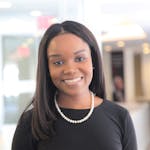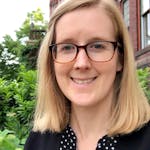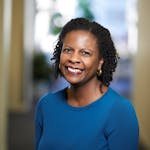Both of us remember the exact moment in 2015 that leaders from every nation at the UN unanimously agreed to the Sustainable Development Goals (SDGs).
After three years of negotiations, at the precipice of finalizing the framework, we had just spent several hours working feverishly among a small group of people to hammer out final details. We knew every word had to be right. Over the course of many hours of discussions, world leaders, policymakers, researchers, activists, and civil society had come together to better understand how our social, economic, and environmental futures were intertwined. The SDGs provided a vision we all wanted to support and achieve — and the joy and solidarity in the room when we reached the final resolution was palpable and inspiring.
Since then, in the midst of all else that has happened globally, it’s important to recognize that communities worldwide have continued to bring these Global Goals home — and make them a reality for real people in real neighborhoods.
That is as true in the United States as it is elsewhere. Across states and sectors of American society, the SDGs are becoming a unifying rallying cry — and a common blueprint — to solve universal and interrelated problems like hunger, poverty, and inequality by 2030.
why the sdgs matter
What makes the SDGs unique? We are more likely to mend what we measure. The SDGs offer clear benchmarks that enable people at all levels to work together toward a resilient future where no one is left behind. As a road map, they offer a foundation for partnerships to track progress at a company, community, or city level, as well as across countries. Through authentic commitments to the SDGs, concrete plans, actions, and goals take root.
The SDGs in action across america
And across American society, the SDGs have been embraced in diverse places and in unique ways.
In Hawaii, investors, officials, and advocates alike have utilized the SDGs to chart a course for building back better from the COVID-19 pandemic, pursuing cleaner growth that enables greater job creation. This means helping displaced tourism and hospitality workers find training and jobs with local, sustainable businesses like Shaka Tea, which employs local farmers to grow an herb called māmaki found only in Hawaii.
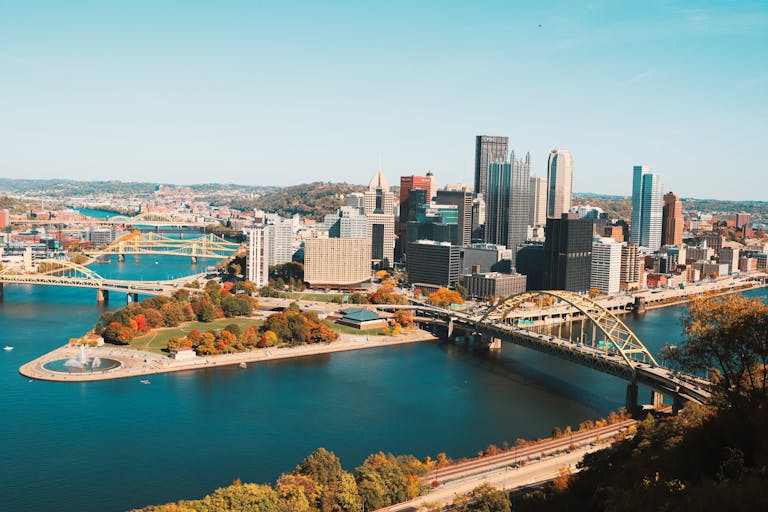
In Pittsburgh, local leaders from all parts of the city are coming together to address problems like food waste, lack of urban green space, and limited access to electricity among low-income families, with the SDGs as a backbone. This means fostering innovation and collaboration between local businesses, city officials, universities, and community organizations. Take 412 Food Rescue, a crowdsourcing app that curbs food waste and hunger by using volunteers to rescue surplus food from local restaurants and grocery stores in Pittsburgh and deliver it to those in need. The app was developed by Carnegie Mellon alumnae Leah Lizarondo, who is such a believer in the SDGs that she now teaches a related course at the university.
In less densely populated parts of the country, the SDGs are helping communities respond to the unique challenges facing rural areas, such as limited access to broadband, significant shifts in employment, and challenges in traveling long distances for services or opportunities. In Minnesota, for example, the West Central Initiative is working with parents, teachers, and community members to improve children’s access to health care and education, particularly among the state’s Native American population. It is one of several community foundations across the country using the SDGs as the basis for its community leadership.
Mayors and governors have embraced the value proposition of the SDGs as an opportunity to set goals and measure local progress. This includes New York City, which pioneered the Voluntary Local Review as a tool for communities to report on their SDG progress, and Los Angeles, which has become a global leader on tracking SDG efforts through data platforms and an SDG Activities Index. Orlando will release its first Voluntary Local Review of SDG progress this summer following in the footsteps of Pittsburgh, which reported on its progress in the fall of 2020. Hawaii became the first state to put forward a review of statewide progress toward the SDGs in December 2020.
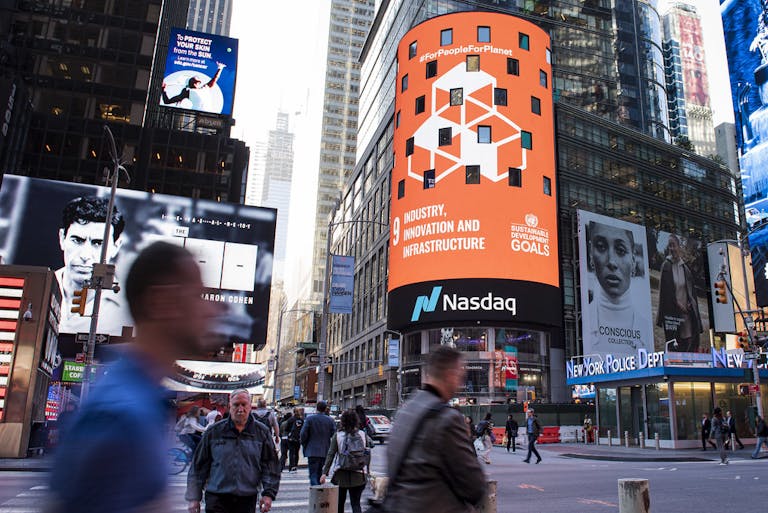
The SDGs Across sectors
At schools across the country, students are taking action through innovative research projects and collaboration with local governments. In Los Angeles, for example, a group of students worked with the Mayor’s Office to improve girls’ access to youth sports as a way to curb gender inequality at a civic level. In New York City, the Mayor’s Office launched its Junior Ambassadors initiative to connect seventh graders in all five boroughs with the UN and its mission of achieving the SDGs.
Young people are also pushing their universities to examine their own equity and sustainability policies. Across the nation, more than 20,000 people — most of whom are college age — have joined the United Nations Association of the USA (UNA-USA) to advance the belief that achieving the SDGs means everyone can play a part.
And CEOs and philanthropy are designing plans, investments, and operational focus around the SDGs, including by integrating sustainable development into their business strategies. Verizon CEO and UNF Board Member Hans Vestberg, for instance, has aligned his company’s strategic vision with the SDG agenda. This includes constructing a greener grid, providing free internet access for students in need, and launching a pro bono legal program for returning veterans, survivors of domestic abuse, and refugees in the U.S. Here at the UN Foundation, we founded an initiative called the World Benchmarking Alliance to help measure how well companies are contributing to the SDGs. And the Council on Foundations and Charles Stewart Mott Foundation are working with philanthropic organizations to advance the SDGs in their communities and throughout their work.
How the SDGs Bring Us Together
In all of these examples, the goals serve as a common language offering a collective lens — to world leaders and corporate executives as well as to small-town mayors and small-business owners — to examine our shared struggles and discover solutions. The SDGs are really about understanding how complex issues like poverty, hunger, and inequality are interconnected, and offer a basis for collaboration among communities, companies, philanthropies, and public officials to solve them. This means recognizing the racial dimension of environmentalism — that Indigenous communities are disproportionately vulnerable to climate change — or the gender implications of food security, as women and girls are often the first to go hungry when food is scarce.
That’s why we’re joining forces at the UN Foundation and the Center for Sustainable Development at the Brookings Institution with SDG leaders across the U.S. to deepen these partnerships and lift up stories of innovation, investment, and success.
This project expands on our ongoing collaboration, which includes our annual convening alongside the UN General Assembly in New York to showcase American Leadership on the SDGs and our efforts to connect and strengthen SDG partnerships, conduct research, and offer advocacy tools for local action.
Sustainable development, including in America, is strongest when we harness our collective power.
This is what we’re hoping to do: to connect and shine a light on individuals, policymakers, entrepreneurs, teachers, students, and nonprofit organizations across the country who are helping drive progress toward the SDGs.
In 2015, American leadership laid a strong foundation for the creation of this ambitious global vision. Let’s keep bringing the SDGs home.
Kaysie Brown is Vice President for Policy and Strategic Initiatives at the UN Foundation. She previously served as Chief of Staff and Senior Adviser to the U.S. Special Coordinator for the Sustainable Development Goals at the U.S. Department of State.
Tony Pipa is a Senior Fellow at the Brookings Institution’s Center for Sustainable Development. In 2015, he led the U.S. delegation at the UN to negotiate and adopt the SDGs.
This conversation is part of a larger project launched by the UN Foundation and the Brookings Institution to build and support American leadership on the SDGs.
Sign up for our monthly newsletter to receive information about upcoming events, news, and stories that highlight American Leadership on the SDGs.
Featured Photo: UNA-USA




 View All Blog Posts
View All Blog Posts
